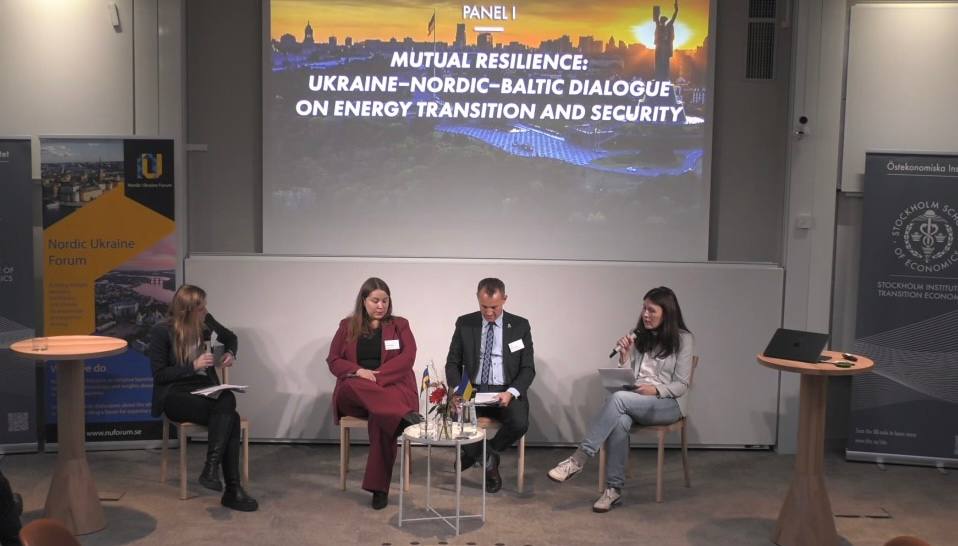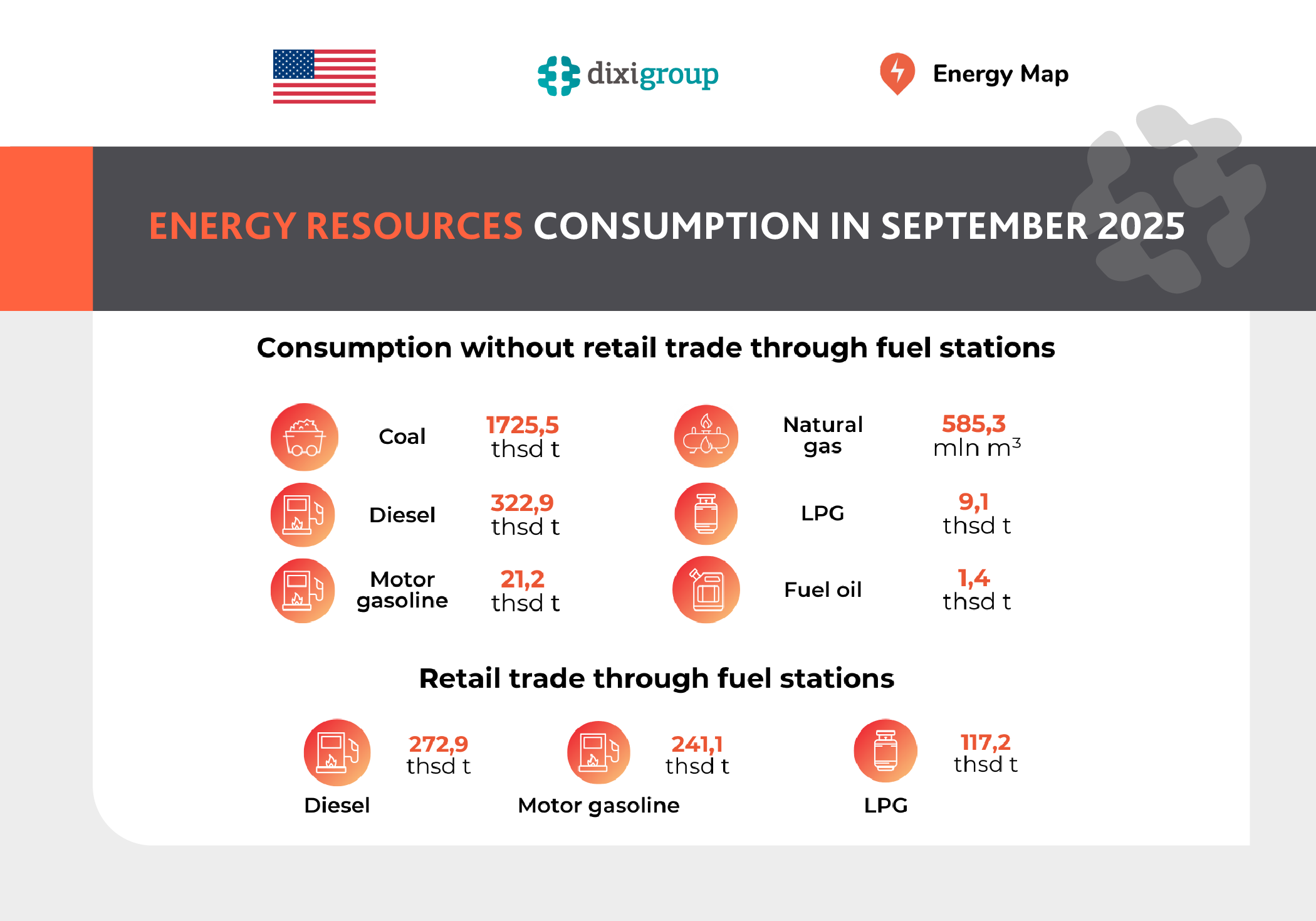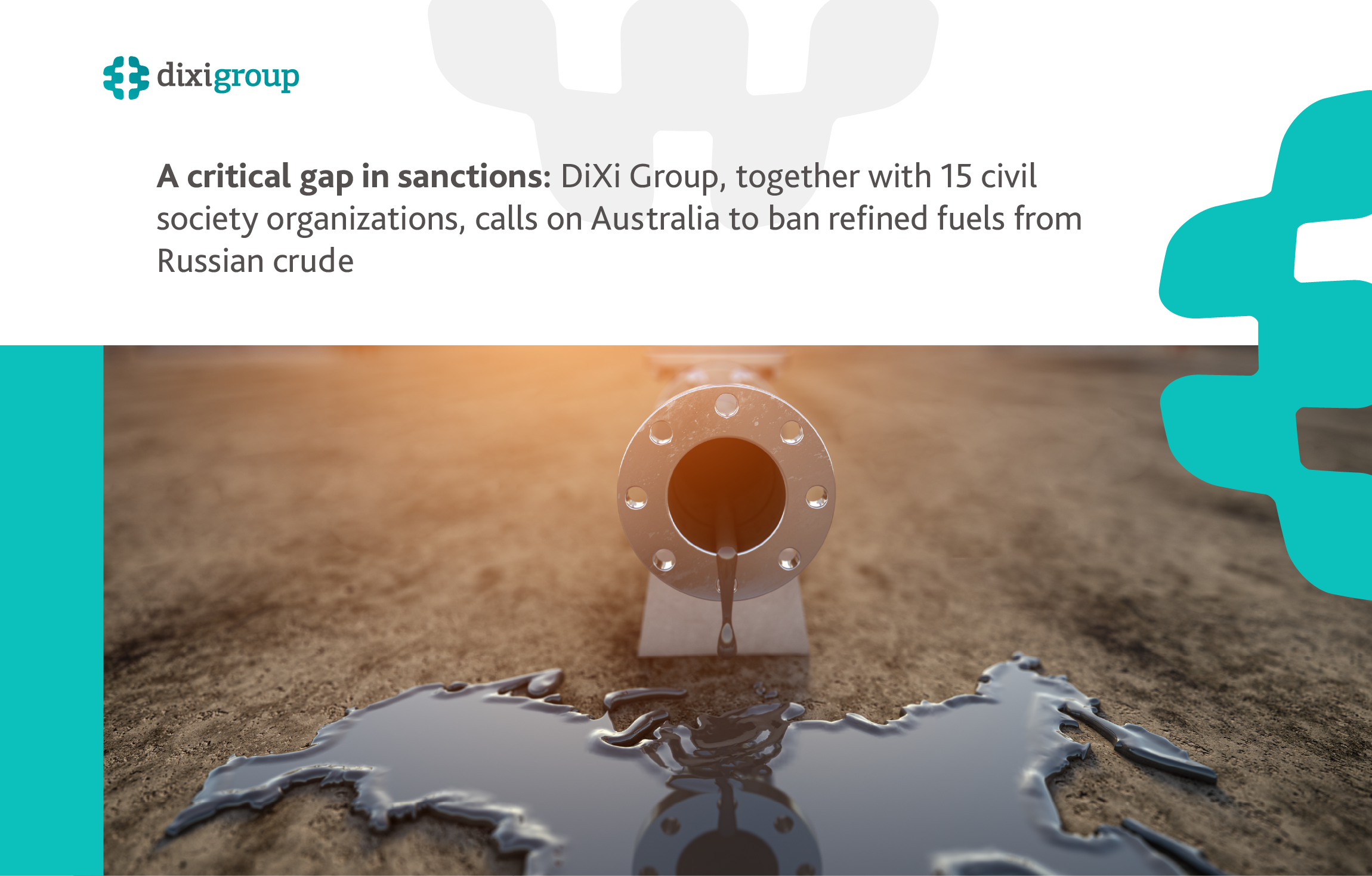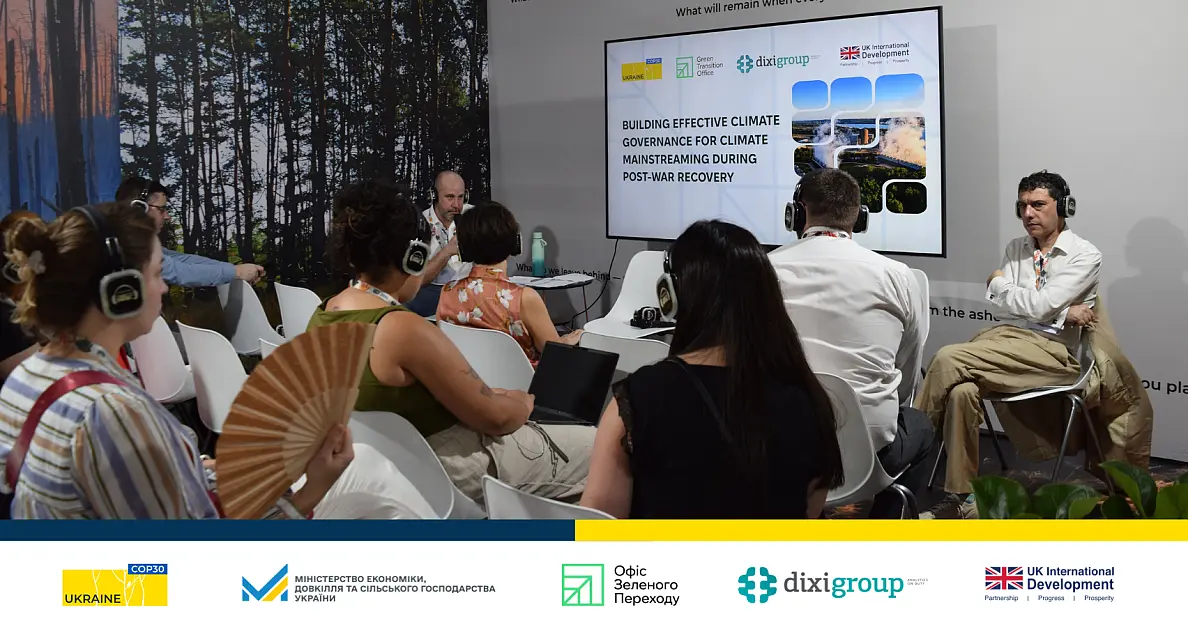At the Third HROMADA Conference: Strengthening Ukraine — Sharing knowledge for a sustainable future, Olena Lapenko, General Manager for Energy Security and Resilience at DiXi Group, explained how the war has reshaped the very concept of energy security, how Russia’s tactics of attacking the power system have evolved, and why Europe must revise its approaches to energy security.
According to Lapenko, while the enemy initially aimed to provoke immediate blackouts by striking large substations and power plants, today the attacks have become targeted and systematic. In 2024 alone, Ukraine lost 9 GW of capacity—half of its winter peak consumption.
The new targets include flexible generation, hydropower, regional grids near the front line, and gas production facilities. A single attack in October halted 60% of gas extraction in one day. This year, Ukraine has been forced to import over €2 billion worth of gas just to keep the energy system functioning.
The DiXi Group expert noted that every restored megawatt remains at risk of being hit again. Despite this, Ukraine is building a new architecture of energy resilience: decentralised generation, microgrids, and underground control systems.
“We are not simply restoring the system — we are rethinking the very notion of energy security,” Olena Lapenko emphasized.
What does this mean for Europe?
As she noted, the European market model still relies on the assumption that infrastructure remains intact. Ukraine’s experience shows that energy security is no longer just diversification or the green transition — it is the physical survivability of infrastructure under fire.
European design standards also lack requirements for protection against drones, which already fly over European countries. They are not yet armed, but they reach their targets and freely map critical infrastructure. The threat is evident: in September alone, Russia launched 5,600 attack drones at Ukraine — four times more than a year earlier.
Lapenko outlined three key areas where Europe must act immediately:
Revise design standards — prioritise survivability over efficiency; critical systems must be placed underground with physical protection and anti-drone solutions.
Rethink risk preparedness — disperse equipment and gas reserves, standardise components, secure reliable supply chains, and maintain contingency plans for critical resources.
Update market rules for wartime conditions, where outages in generation are caused by attacks, not technical failures.
The question is not whether Europe will use Ukraine’s experience, but when it will be forced to do so. Ukraine is already paying a high price so that the world can draw the right conclusions in time.






